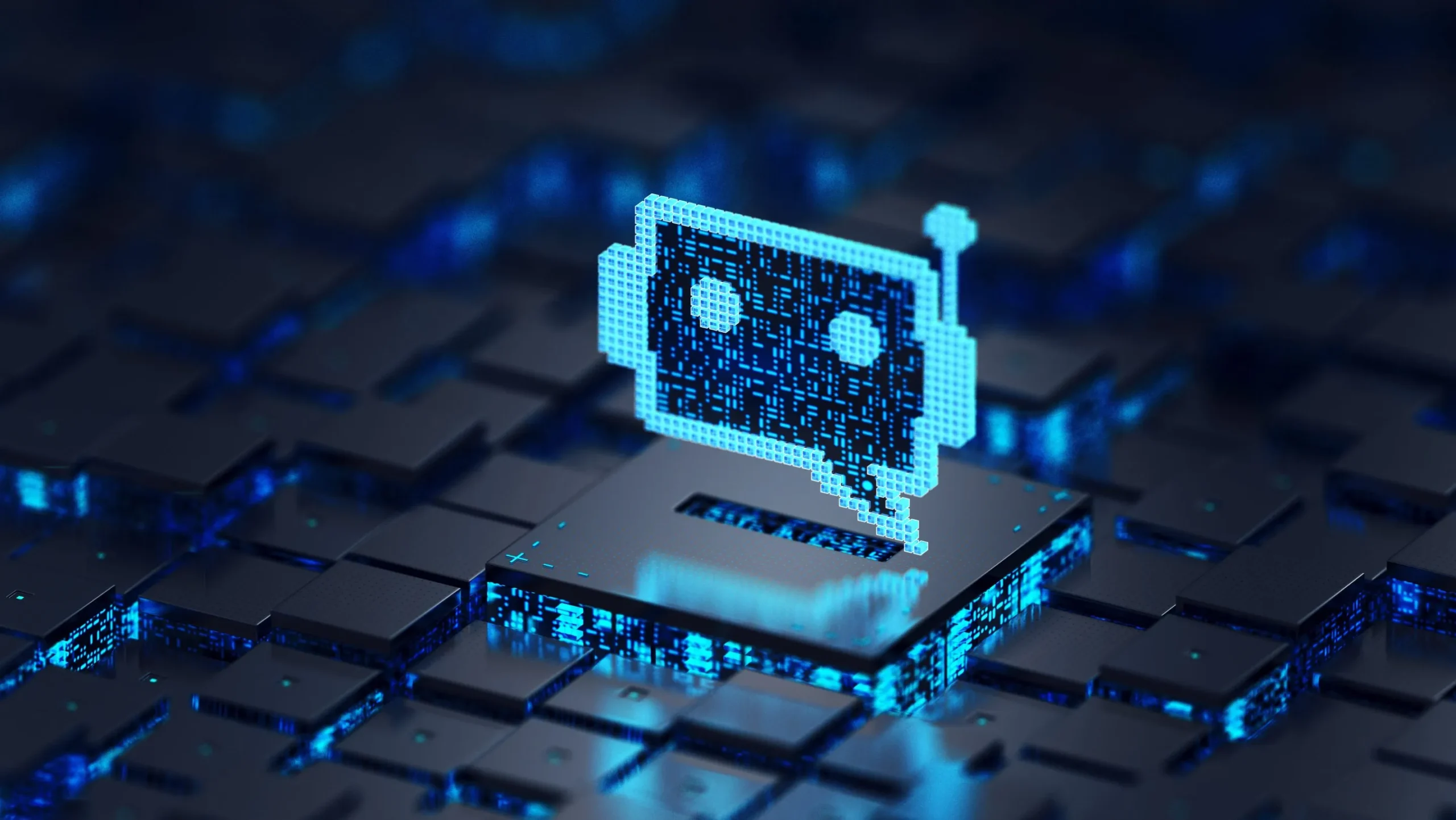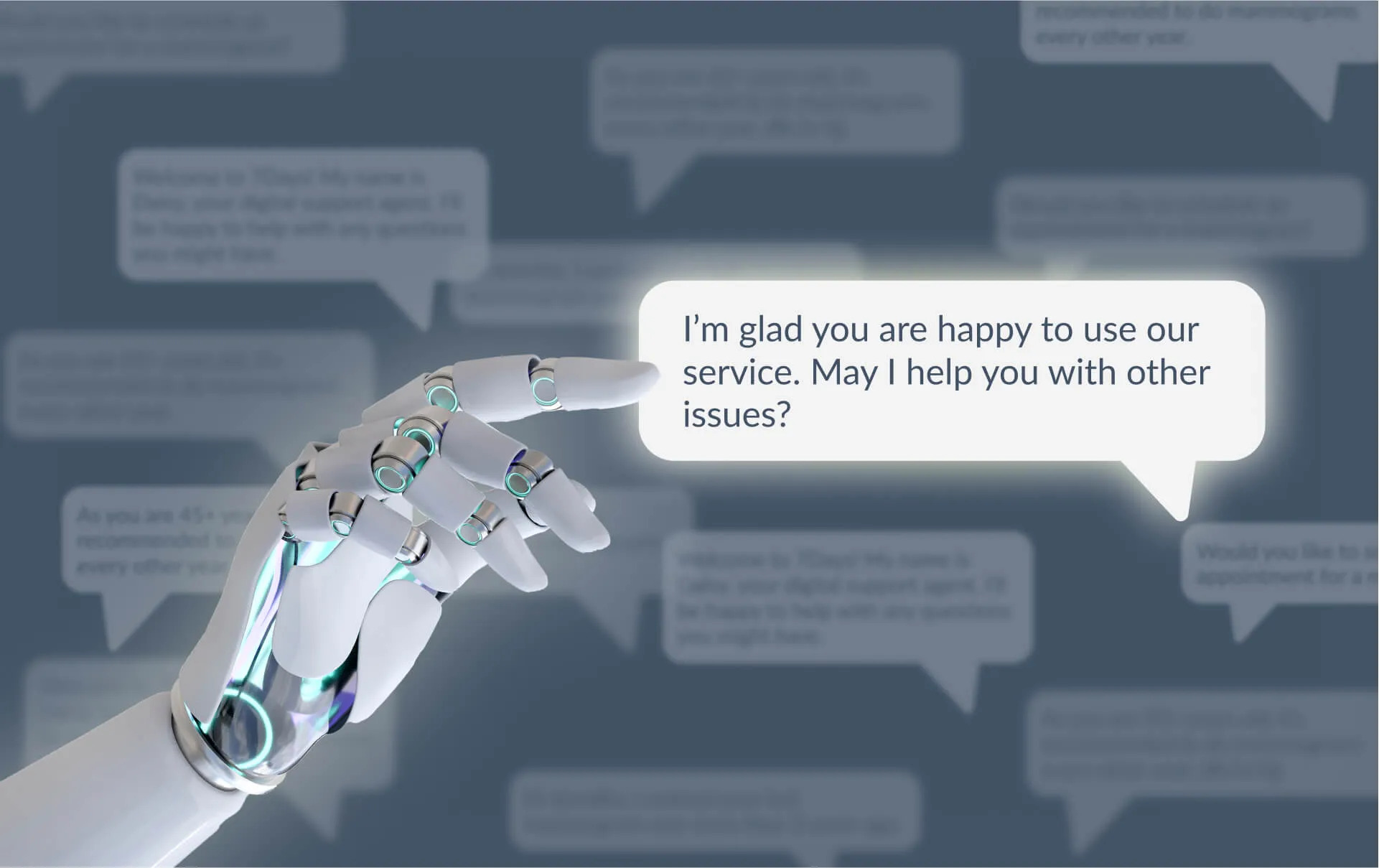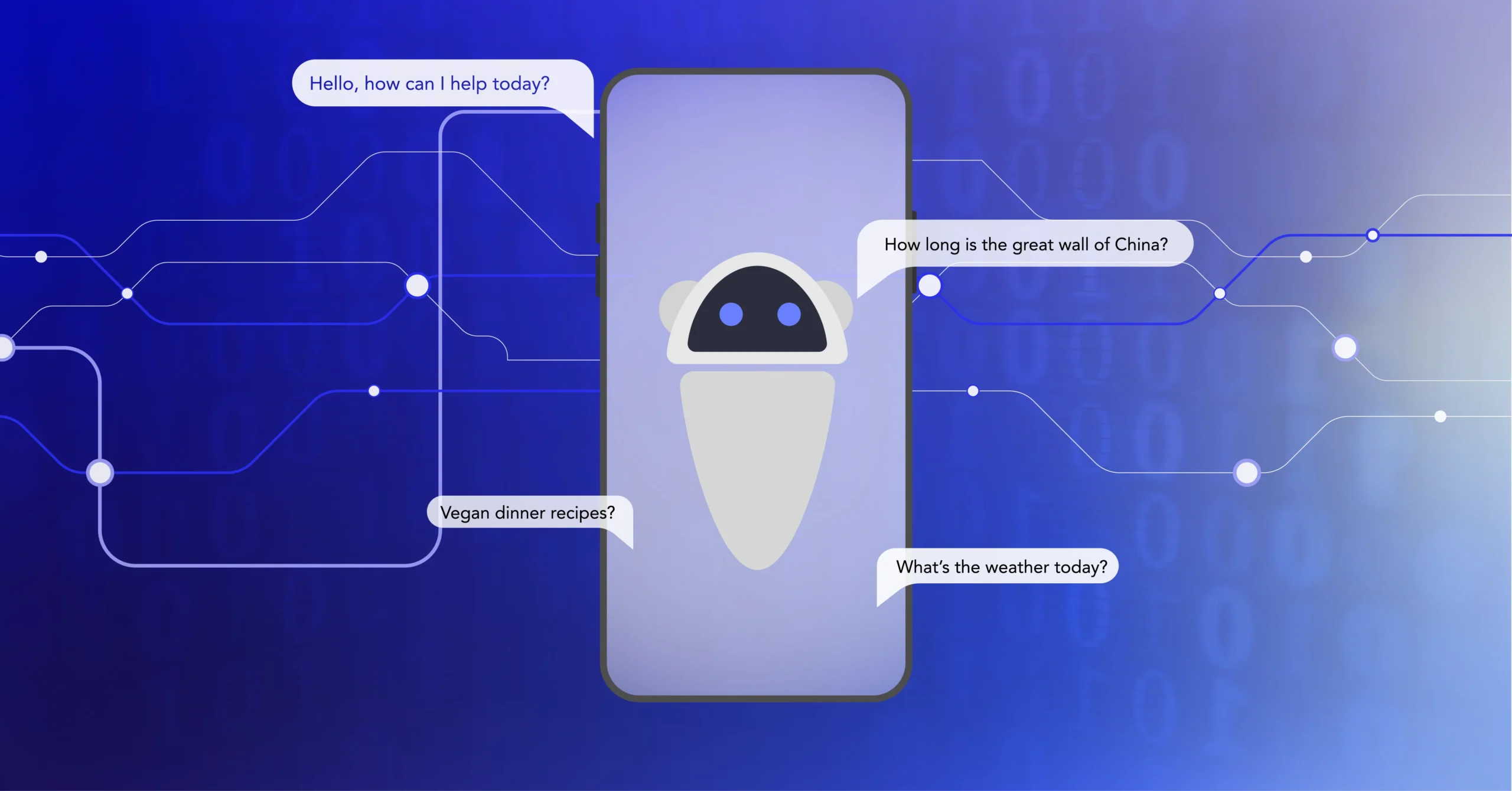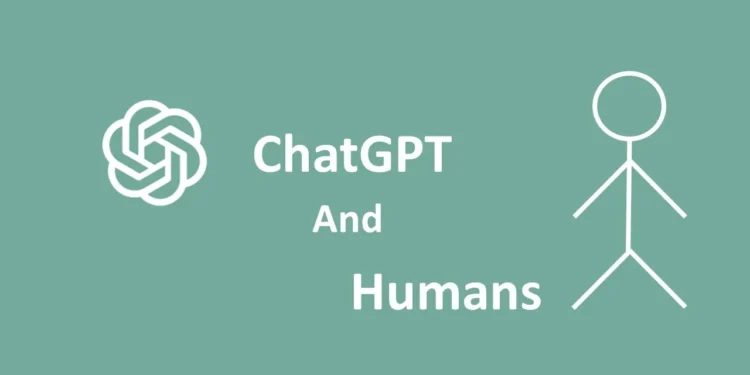In the rapidly evolving landscape of artificial intelligence, companies like OpenAI and China’s DeepSeek are at the forefront of transforming digital interactions. These organizations are developing chatbots that don’t just respond quickly but also take the time to deliver thoughtful, well-constructed answers. This meticulous approach to AI-driven communication is changing how we think about engaging with technology on a daily basis.

OpenAI, known for its cutting-edge innovations, has made significant strides with its chatbot technology. By integrating advanced algorithms and continuous updates, OpenAI’s chatbot offers an experience that increasingly mirrors human interaction. The essence of this evolution was captured vividly when a user was seen interacting with the OpenAI app on a smartphone, an image that highlights the seamless integration of AI into everyday life.
The Technological Backbone of Modern AI Chatbots
Behind the user-friendly interface of these AI chatbots lies a complex infrastructure designed to enhance their reasoning capabilities. OpenAI, for instance, has been consistently upgrading its systems, ensuring that each interaction with its chatbot is smoother and more intuitive than the last. This commitment to technological enhancement is evident in the way these chatbots analyze and respond to queries, displaying a depth of understanding that was once thought to be exclusive to human intelligence.

According to Cade Metz and Dylan Freedman, who have extensively reported on this topic, the advancement in chatbot technology is not just about better hardware but also about smarter, more adaptable software. Dylan Freedman, a machine-learning engineer, noted from Washington that the key to these advancements lies in the ability to process and learn from vast amounts of data more efficiently.
Navigating the Future with AI
As we continue to integrate AI into various aspects of daily life, the potential for these technologies to influence major industries is becoming increasingly clear. From customer service and healthcare to education and beyond, AI chatbots are set to revolutionize the way we interact with services and information.
The future of AI chatbots is not just about technological advancement but also about creating a user experience that is as engaging and intuitive as interacting with another human being. As these technologies become more embedded in our daily routines, they offer a glimpse into a future where digital conversations can be as rich and informative as those we have with our peers.

This journey into the world of AI chatbots reflects a broader trend in technology towards more personalized, responsive, and adaptive systems that promise to reshape our digital world. Whether it’s for simple daily queries or complex problem-solving, AI chatbots like those developed by OpenAI and DeepSeek are setting new standards for what we can expect from machine intelligence.










